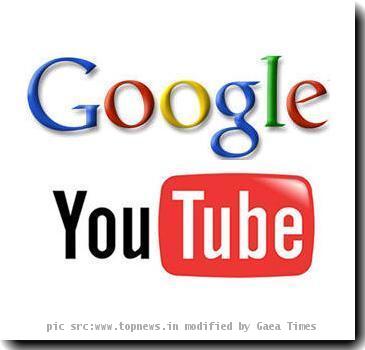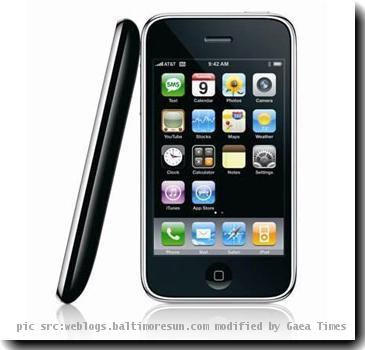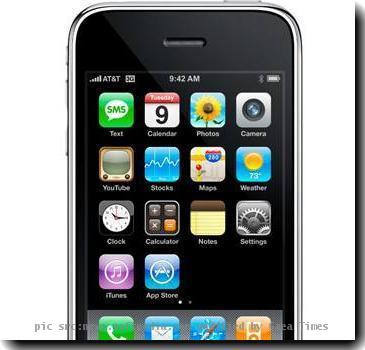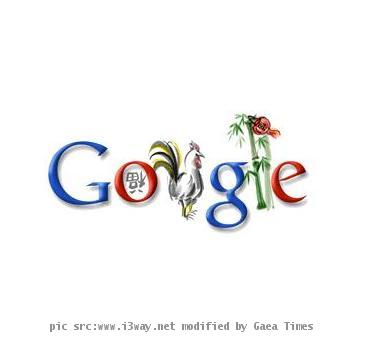Sprint to promote video calling with launch of first ‘4G’ phone this summer
By APTuesday, March 23, 2010
Sprint to promote video calling with ‘4G’ phone
NEW YORK — Sprint Nextel Corp. is aiming to make video calls a selling point of the new, faster data network that it’s spending billions with co-investors to build.
The wireless carrier on Tuesday announced that this summer, it is launching the first phone that will be able to use the new Clear wireless broadband network. Though it is live in 27 cities and offers faster data speeds for laptops than current cellular broadband networks, Clear doesn’t yet work with phones.
To capitalize on the network, Sprint will be releasing a large, iPhone-style smart phone called the Evo 4G, made by HTC Corp. of Taiwan. The phone, showed off by CEO Dan Hesse at the CTIA Wireless show in Las Vegas on Tuesday, will have two cameras: a high-resolution one on the back and a low-resolution one on the front, on the same side as the screen. That’s a convenient setup for video calls.
Video calls are possible — just barely — on current cellular networks, but carriers discourage them or charge extra for them because they consume a lot of wireless capacity. In addition, there aren’t many phones with front-facing cameras, making it difficult to talk and capture video simultaneously.
The Clear network offers speeds similar to home broadband, making it better at handling streaming video. It’s based on a technology known as WiMax, and it’s referred to as fourth-generation, or 4G, because it’s faster than the current, third-generation cellular networks.
For the moment, Clear is ahead of the competition on wireless data speeds. However, because the network hasn’t been accessible from phones and has limited coverage, it hasn’t stopped Sprint from losing subscribers. And even if phones could now access Clear, common tasks such as e-mail and Web browsing wouldn’t run much faster than on a 3G phone. That’s why Sprint is promoting it as a medium for video calling.
“We really wanted people to be able to experience what 4G can do for them,” said David Owens, Sprint’s director of product marketing.
Sprint doesn’t have a video chat application for the Evo yet, but will help developers create such software, Owens said.
The phone will have a 4.3-inch touch screen, 30 percent larger than the iPhone’s screen, and run Google Inc.’s Android software. Sprint didn’t say what it would cost or exactly when it would be available. Nor did the company say what it would charge for service, or if there would be an extra charge for 4G access.
Laptops will be able to connect to the Evo via Wi-Fi to gain access to the WiMax network, making the phone a “portable hotspot.” Owens wouldn’t say if Sprint would charge extra for that feature. Verizon Wireless charges $40 per month for that feature on the Palm Pre Plus, which has 3G access.
The Clear network is run by Clearwire Corp., of which Sprint owns a slim majority. The other investors include cable TV companies, Intel Corp. and Google. Covered cities include Philadelphia, Chicago, Seattle and Atlanta. Clearwire, which is based in Kirkland, Wash., plans to expand this year to cover New York, Boston, Los Angeles, San Francisco, Miami, Houston and Washington, D.C., among other cities.
Owens said Sprint doesn’t plan to limit sales of the Evo phone to markets with Clear coverage, because it will work on Sprint’s regular 3G network as well.
Shares of Sprint, which is based in Overland Park, Kan., closed regular trading Tuesday up 12 cents at $3.83. In extended trading, after the phone announcement, the shares were up another 2 cents. Clearwire shares closed up 9 cents at $7.87 and gained another 2 cents after the announcement.
Tags: Communication Technology, Consumer Electronics, Mobile Communications, New York, North America, United States, Wireless Networking, Wireless Technology





